50 Mind-Blowing Engineering & Tech Facts That Will Amaze You - FactsLook
The Roman Concrete Mystery

Roman concrete, used in structures like the Pantheon, is remarkably durable – even more so than modern Portland cement. Scientists discovered it contains volcanic ash, creating a unique chemical reaction with seawater that *strengthens* over time. This self-healing ability continues to baffle engineers today, offering clues for sustainable building materials.
The Antikythera Mechanism: An Ancient Computer
Discovered in a shipwreck, the Antikythera Mechanism (circa 100 BC) is considered the world’s oldest analog computer. It predicted astronomical positions and eclipses decades in advance. Its intricate gear system demonstrates a level of engineering sophistication previously thought impossible for that era. [Source: https://www.antikythera-mechanism.gr/]
The Great Pyramid’s Precise Alignment
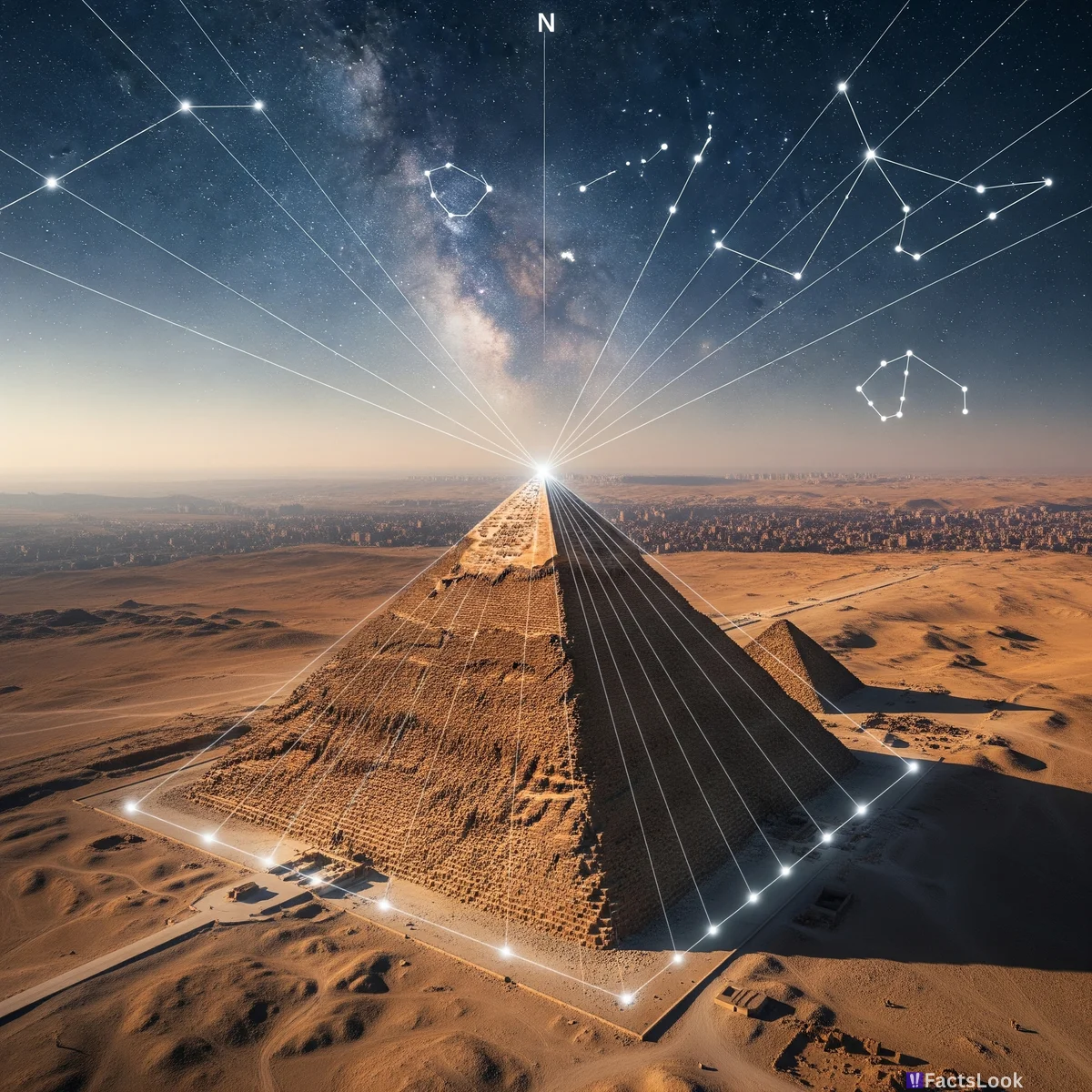
The Great Pyramid of Giza is aligned with true north with incredible accuracy – an error of just 0.05 degrees. How ancient Egyptians achieved this precision without modern tools remains a mystery. Theories involve astronomical observations and sophisticated surveying techniques, proving exceptional engineering knowledge.
Self-Healing Asphalt
Researchers are developing self-healing asphalt using steel wool fibers. When cracks form, the steel fibers activate, creating an electrically conductive path that heats up and melts the surrounding bitumen, effectively sealing the damage. This extends the lifespan of roads and reduces maintenance costs.
Airbus A380's Wing Flex
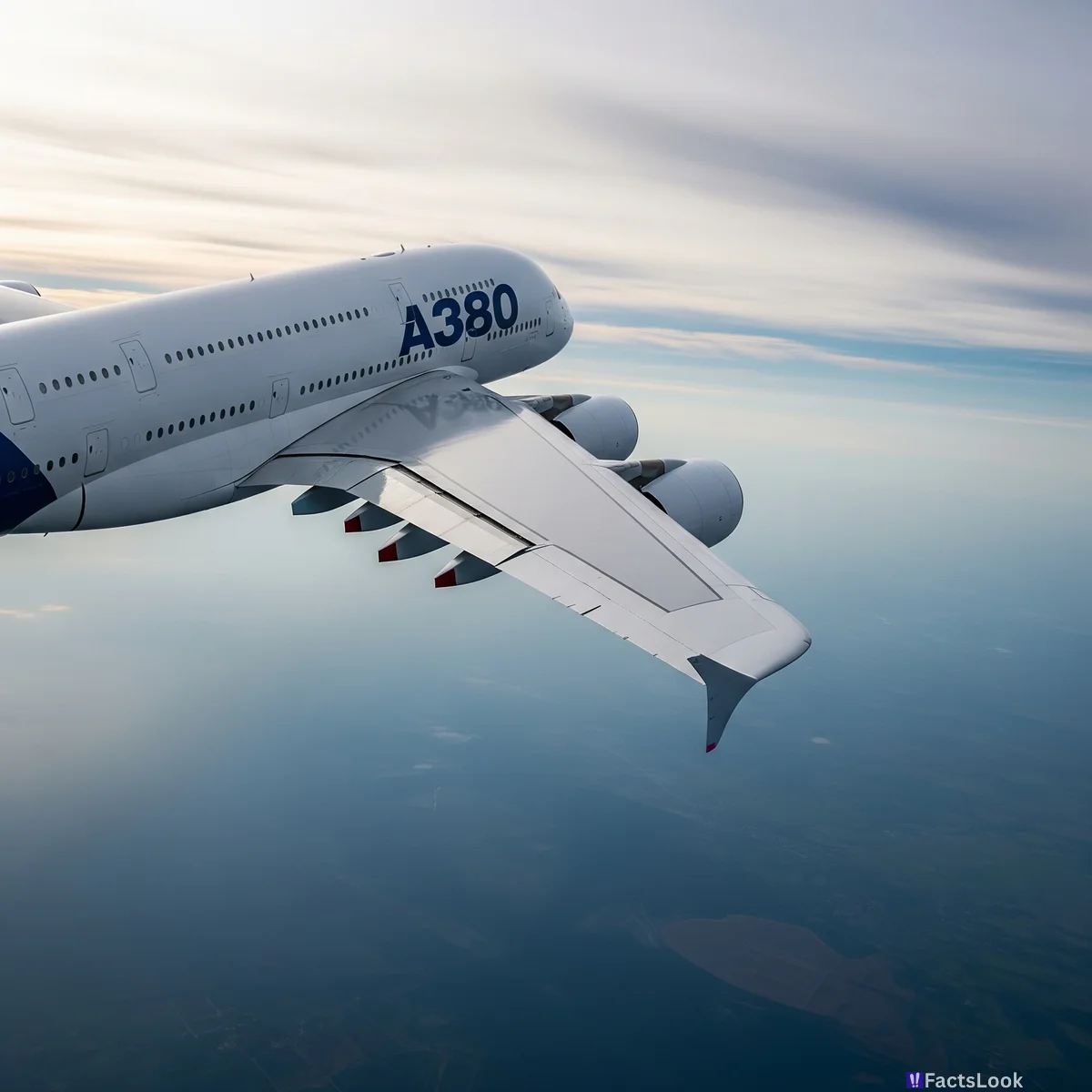
The Airbus A380’s wings are designed to flex significantly during flight – up to 20 feet! This flexibility is crucial for handling the immense aerodynamic forces at high altitudes and allows the aircraft to maintain stability and efficiency, showcasing incredible structural engineering.
Japan's Earthquake-Resistant Buildings
Japan leads the world in earthquake-resistant construction. Techniques include base isolation (decoupling the building from the ground) and tuned mass dampers (large weights that counteract swaying). These innovations significantly reduce damage during seismic events, safeguarding lives and infrastructure.
The Channel Tunnel’s Geological Challenge
Building the Channel Tunnel was a geological nightmare. Engineers encountered diverse and unpredictable rock formations, requiring specialized Tunnel Boring Machines (TBMs) and innovative ground stabilization techniques. The complexity pushed the boundaries of tunneling technology.
The Burj Khalifa's Wind Resistance
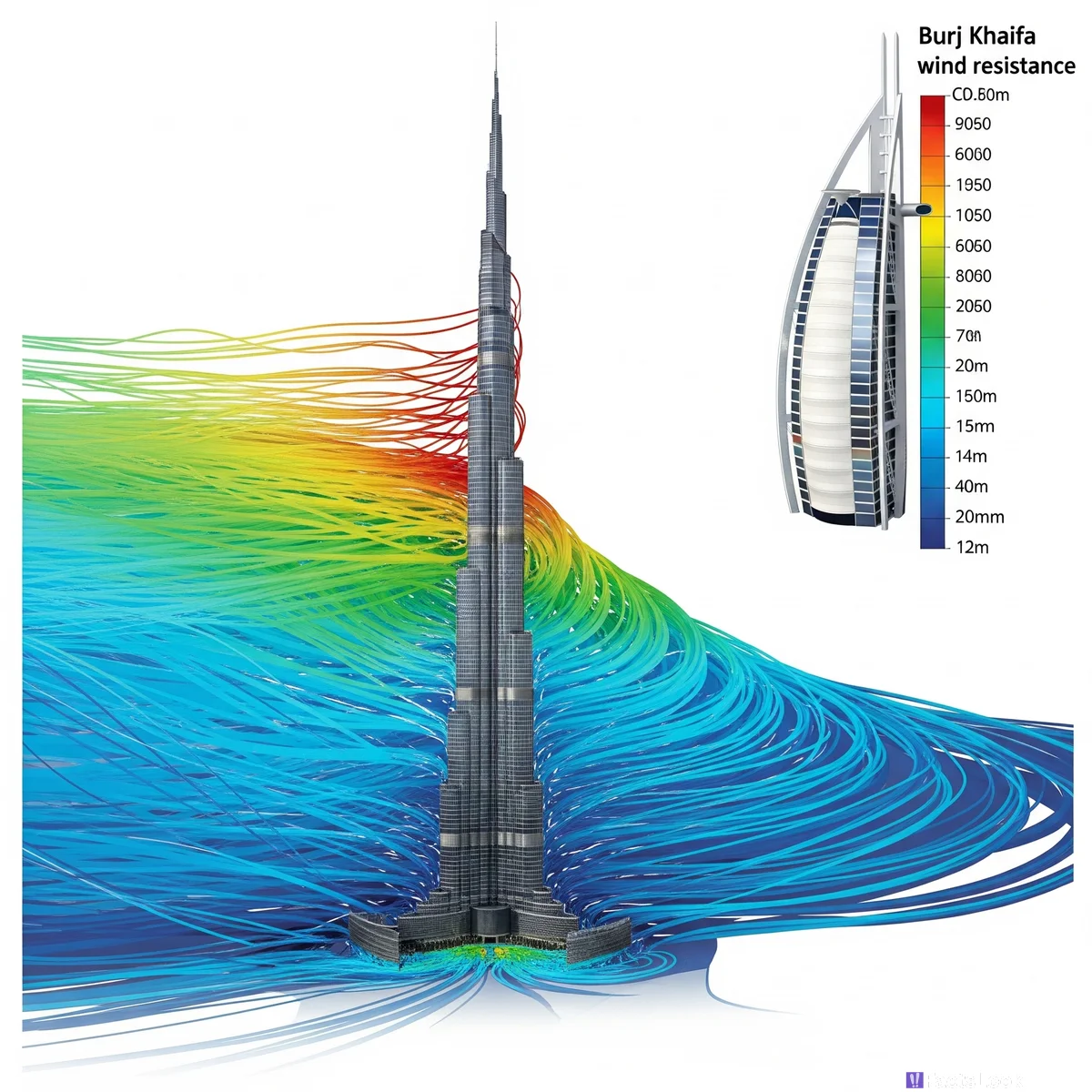
The Burj Khalifa's tapered design isn’t just aesthetic; it's a crucial wind-engineering feature. Reducing the building’s width as it rises minimizes wind vortex formation, preventing dangerous oscillations and ensuring structural stability. Wind tunnel testing was vital during design.
Graphene’s Incredible Strength
Graphene, a single-layer sheet of carbon atoms, is one of the strongest materials known to humanity – about 200 times stronger than steel. Its potential applications range from lighter and stronger composites to flexible electronics. Ongoing research aims to scale up production for widespread use.
The Millau Viaduct's Cable-Stayed Design
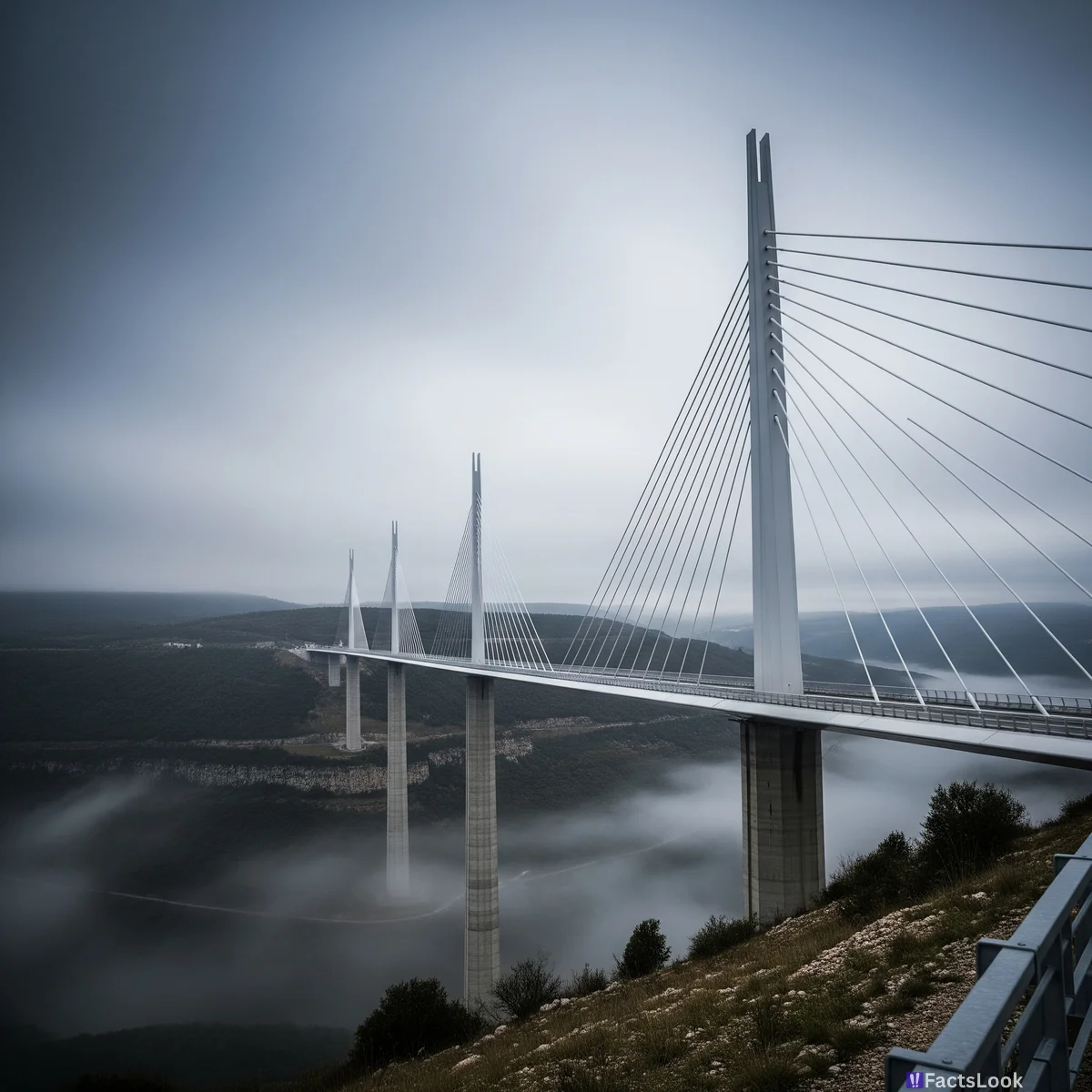
The Millau Viaduct in France is the tallest bridge in the world. Its cable-stayed design minimizes the number of pillars needed, preserving the scenic landscape. The height requires precise engineering to withstand wind loads and maintain structural integrity. [Source: https://www.millau-viaduc.info/en/]
Bio-inspired Robotics: Gecko Adhesion
Researchers are developing robots inspired by the gecko’s ability to climb walls. Geckos use millions of tiny hairs (setae) on their feet to create van der Waals forces. Mimicking this mechanism allows robots to adhere to smooth surfaces without suction or adhesives.
The ITER Fusion Reactor
The International Thermonuclear Experimental Reactor (ITER) in France aims to prove the feasibility of fusion power. This massive project utilizes powerful magnets to contain and control plasma heated to 150 million degrees Celsius—ten times hotter than the sun’s core.
The Golden Gate Bridge's Earthquake Preparation
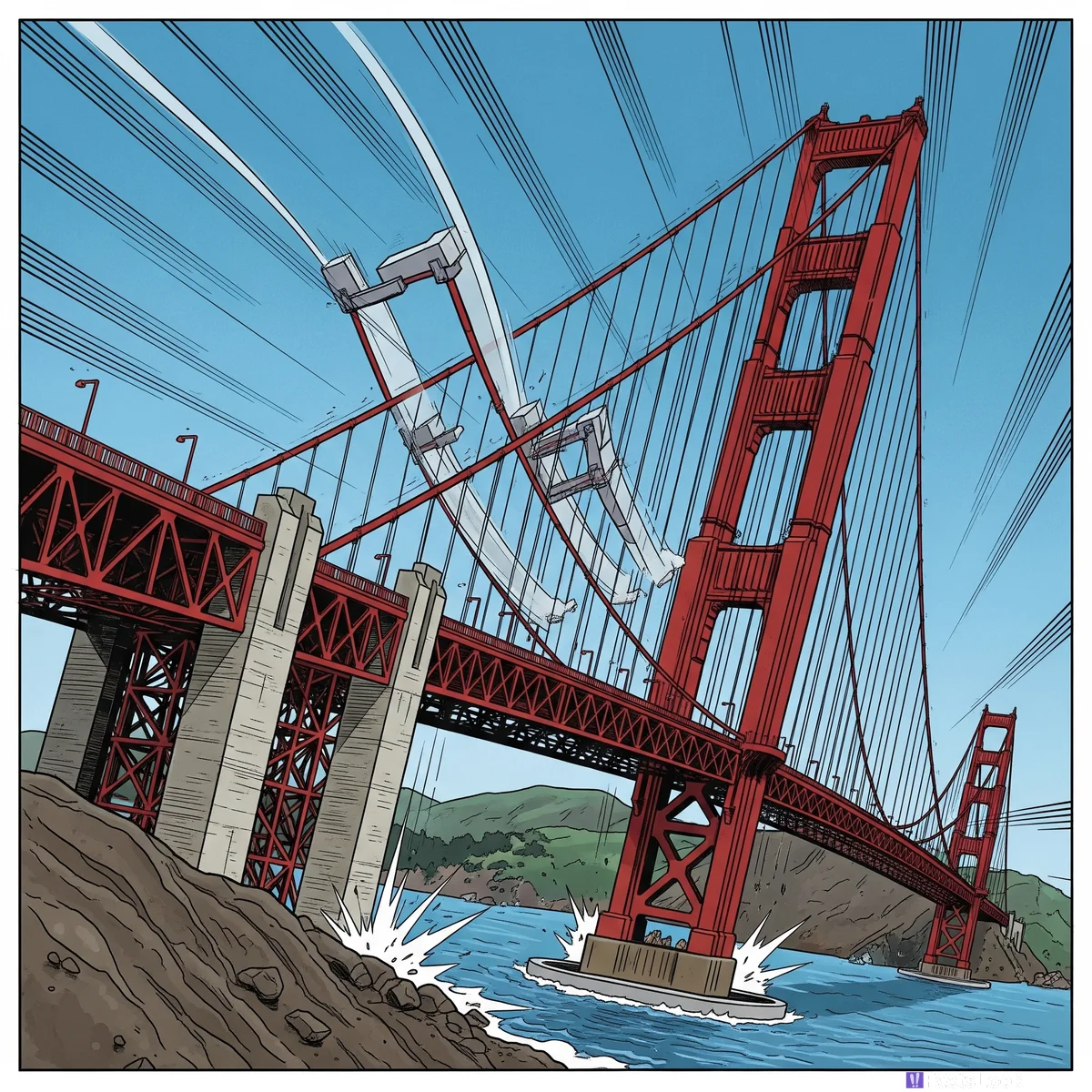
The Golden Gate Bridge was retrofitted to withstand major earthquakes. This involved adding flexible joints and strengthening the bridge’s supports. Engineers designed it to sway significantly during a quake, preventing catastrophic failure. [Source: https://www.goldengate.org/]
3D-Printed Prosthetics – Accessibility and Affordability
3D printing is revolutionizing prosthetics, offering custom-fit devices at a fraction of the cost of traditional prosthetics. This technology improves accessibility for amputees, particularly in developing countries, enhancing their quality of life.
The Panama Canal Locks
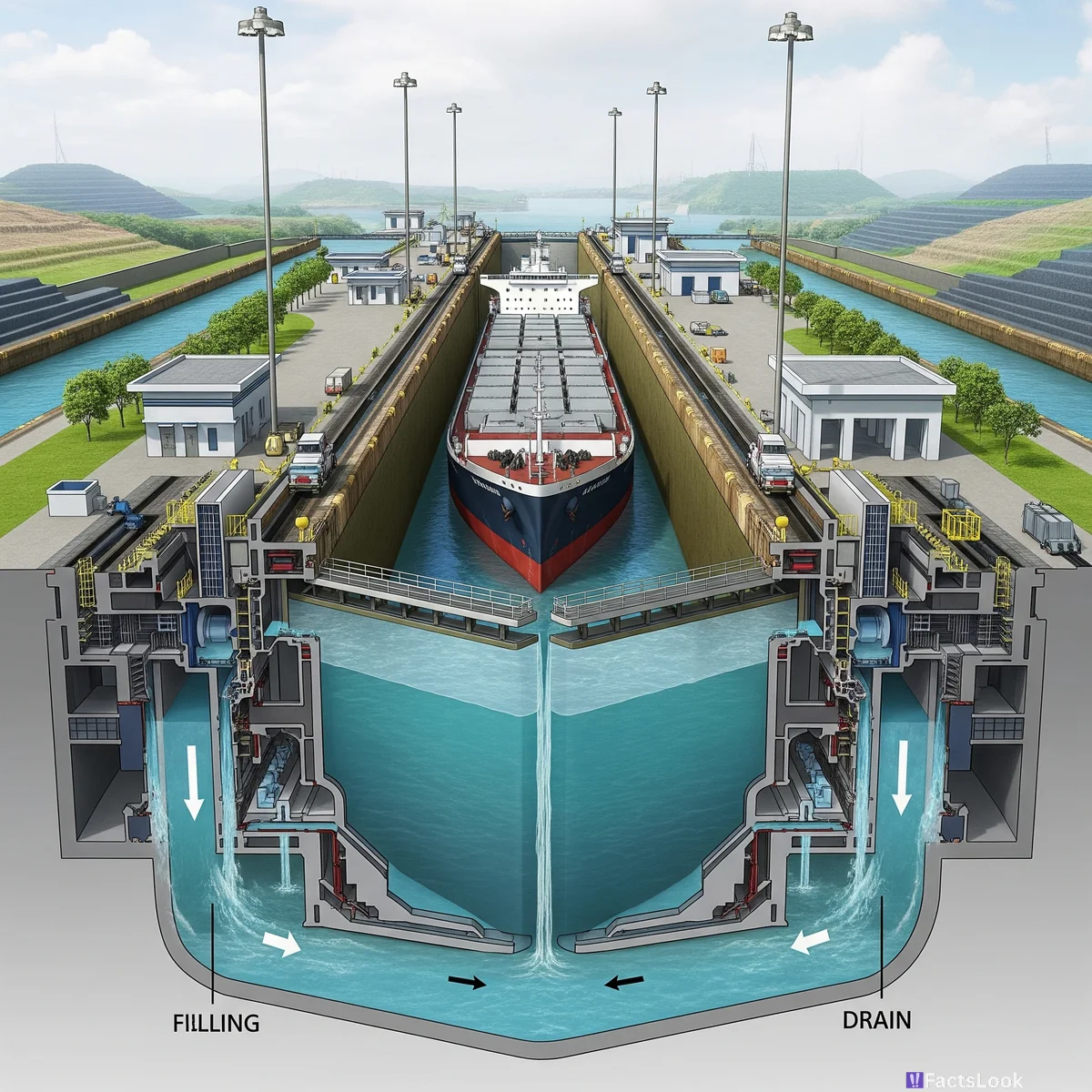
The Panama Canal locks use a complex system of gravity-fed water to raise and lower ships. Each lock chamber is filled with approximately 80 million gallons of freshwater, demonstrating clever hydraulic engineering. Achieving this requires careful water management.
Smart Materials: Shape Memory Alloys
Shape memory alloys (SMAs) can ‘remember’ their original shape and return to it after being deformed. These materials are used in applications like medical stents, eyeglass frames, and even aerospace components, responding to temperature changes.
The Story of Teflon
Teflon, known for its non-stick properties, was accidentally discovered in 1938. A DuPont chemist, Roy Plunkett, was experimenting with refrigerants when he found a waxy substance that was incredibly resistant to corrosion and heat. It changed modern cooking forever.
Vertical Farming – The Future of Food
Vertical farms grow crops in vertically stacked layers, often indoors and using controlled-environment agriculture technology. This increases crop yields, reduces water usage, and eliminates the need for pesticides, offering a sustainable food production solution.
The LHC's Superconducting Magnets
The Large Hadron Collider (LHC) at CERN uses over 9,000 superconducting magnets to steer particle beams. These magnets operate at temperatures colder than outer space, requiring a sophisticated cryogenic system. They’re essential for unlocking the secrets of the universe.
Biomimicry: Kingfisher-Inspired Bullet Trains
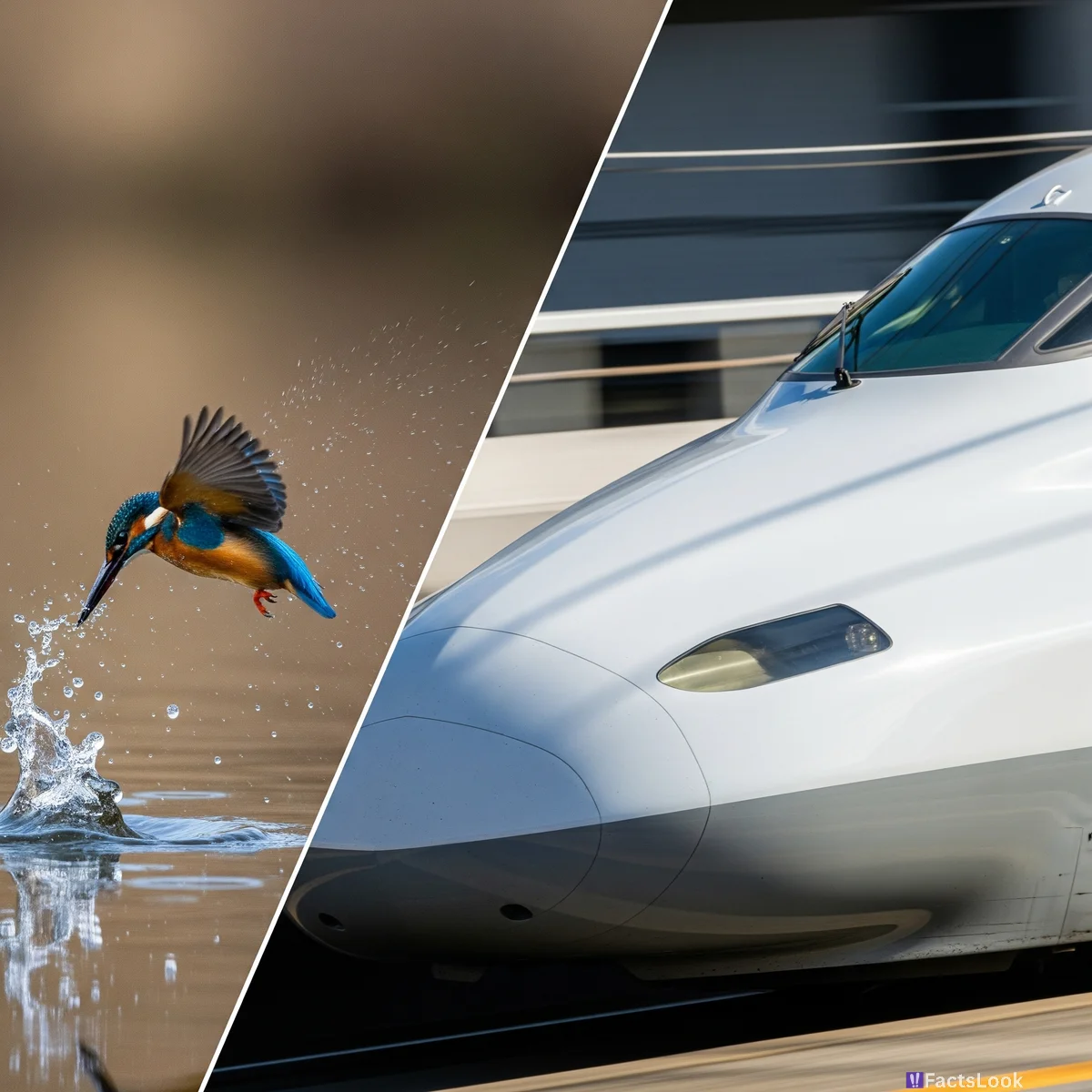
The design of Japan’s Shinkansen (bullet train) nose was inspired by the kingfisher bird. The bird's streamlined beak minimizes splash when diving into water, and the same principle reduces the sonic boom created by the train when exiting tunnels.
The Seattle Great Wheel's Earthquake Resilience
The Seattle Great Wheel is engineered to withstand a significant earthquake thanks to its robust steel frame and a deep concrete foundation. It’s designed to sway with the earth’s movement, ensuring the safety of passengers.
Self-healing Concrete with Bacteria
Scientists are embedding bacteria into concrete mixes. When cracks form, the bacteria become active, producing limestone that fills the gaps, effectively self-healing the concrete. It’s a sustainable approach to infrastructure maintenance.
Space Elevators – A Futuristic Vision
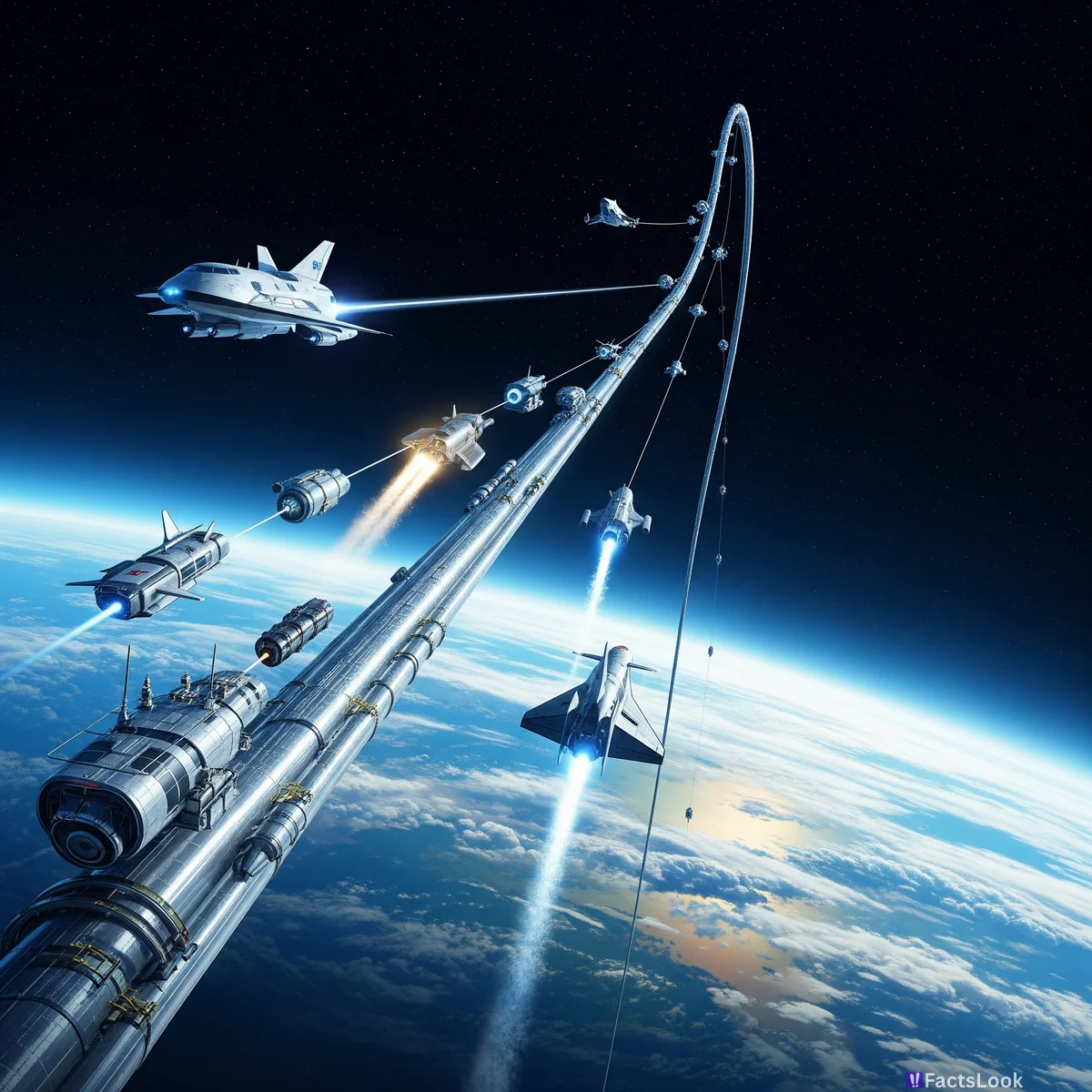
The concept of space elevators involves a cable anchored to Earth and extending into geostationary orbit. This would provide a cheaper and more energy-efficient way to access space, although material challenges remain. Carbon nanotubes are a potential building material.
The Hoover Dam's Curved Design
The Hoover Dam’s curved shape isn’t just aesthetic; it’s crucial for distributing water pressure. The arch transfers the force of the water to the canyon walls, ensuring the dam's structural stability. This revolutionary design allowed for such a massive structure.
Artificial Photosynthesis
Researchers are creating artificial photosynthesis systems that mimic the process plants use to convert sunlight into energy. These systems could produce clean fuels and reduce carbon dioxide levels, offering a sustainable energy solution.
The Falcon 9's Reusable Rocket Technology
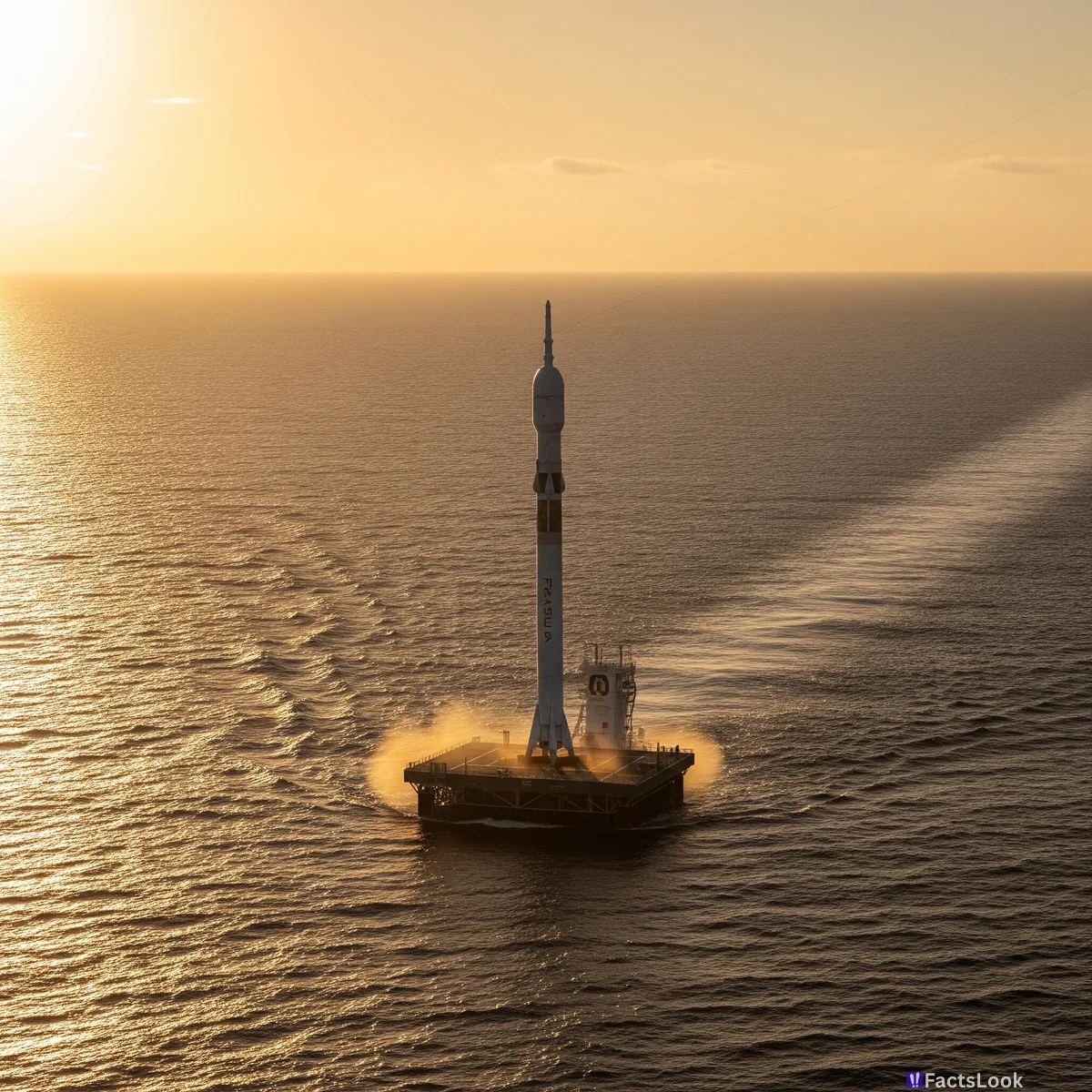
SpaceX's Falcon 9 rocket revolutionized space travel with its reusable first stage. Landing and reusing the booster drastically reduces the cost of space launches, making space exploration more accessible. This is a feat of precision engineering.
The Confederation Bridge – Ice Resistant Design
The Confederation Bridge, connecting Prince Edward Island to mainland Canada, is designed to withstand massive ice flows. Its piers are shaped like dolphins to deflect ice and minimize the impact of freezing spray, ensuring year-round accessibility.
The Invention of the QR Code
The QR code was initially developed for tracking vehicle parts in Japan’s automotive industry in 1994. Its ability to store a significant amount of data in a small space quickly led to its widespread adoption for various applications, including marketing and information sharing.
Neuralink – Brain-Machine Interfaces
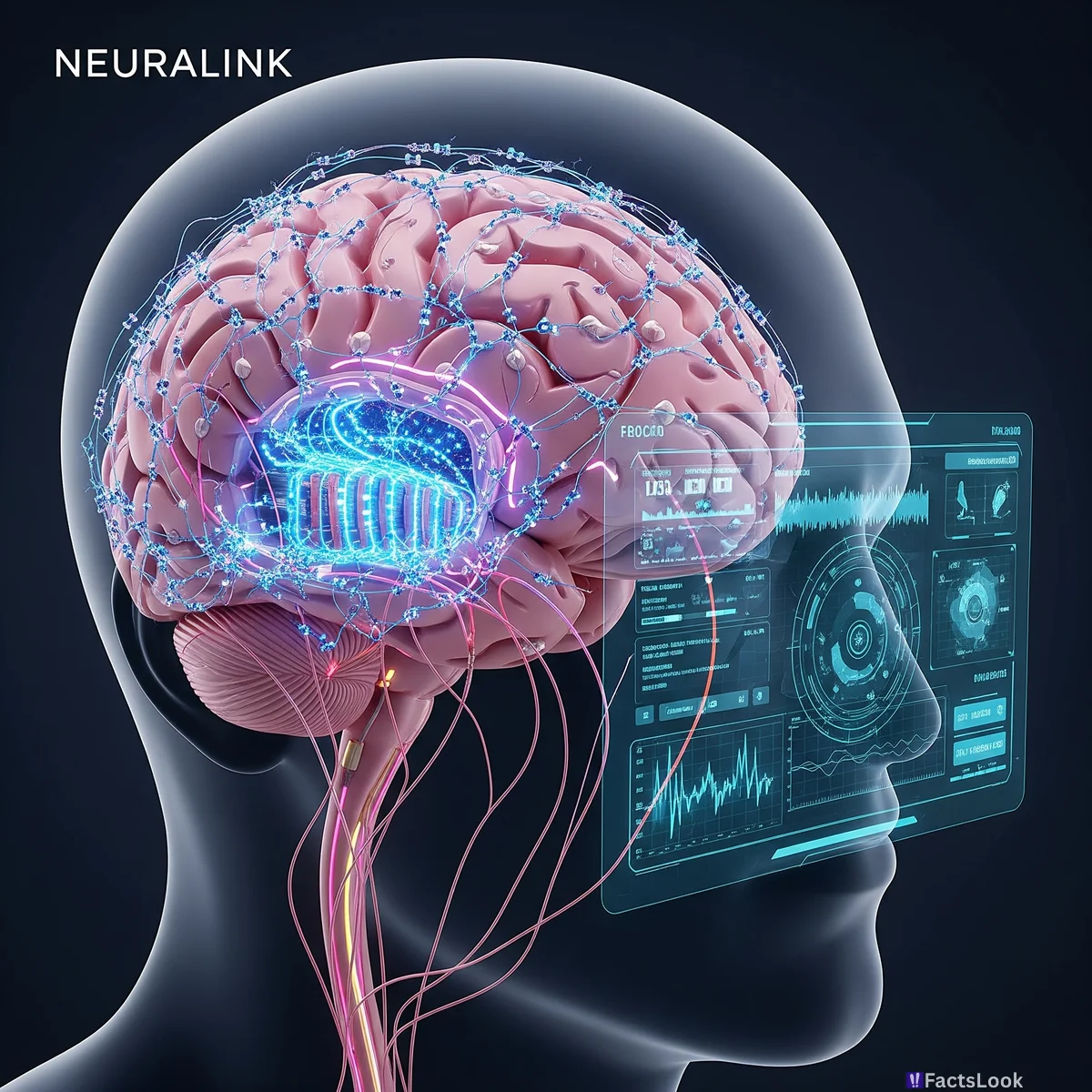
Neuralink, founded by Elon Musk, is developing implantable brain-machine interfaces. These devices aim to allow users to control computers and other devices with their minds, offering potential treatments for neurological conditions and enhancing human capabilities.
High-Speed Rail’s Maglev Technology
Maglev (magnetic levitation) trains float above the tracks using powerful magnets, eliminating friction and allowing for incredibly high speeds. Japan’s SCMaglev is one of the fastest trains in the world, reaching speeds of over 375 mph.
The Channel Tunnel Ventilation System
Maintaining air quality within the Channel Tunnel required an elaborate ventilation system. Massive fan shafts pump fresh air into the tunnel and extract exhaust, ensuring a safe and breathable environment for trains and passengers.
Self-Driving Car Technology

Self-driving cars rely on a complex array of sensors, including LiDAR, radar, and cameras, combined with artificial intelligence to navigate and operate without human intervention. They promise increased safety and efficiency in transportation.
The Transcontinental Railroad – A Monumental Feat
Completed in 1869, the Transcontinental Railroad connected the eastern and western United States, opening up the West to settlement and trade. It was a massive logistical and engineering undertaking, requiring overcoming challenging terrain.
Hydroelectric Dams – Harnessing Water Power
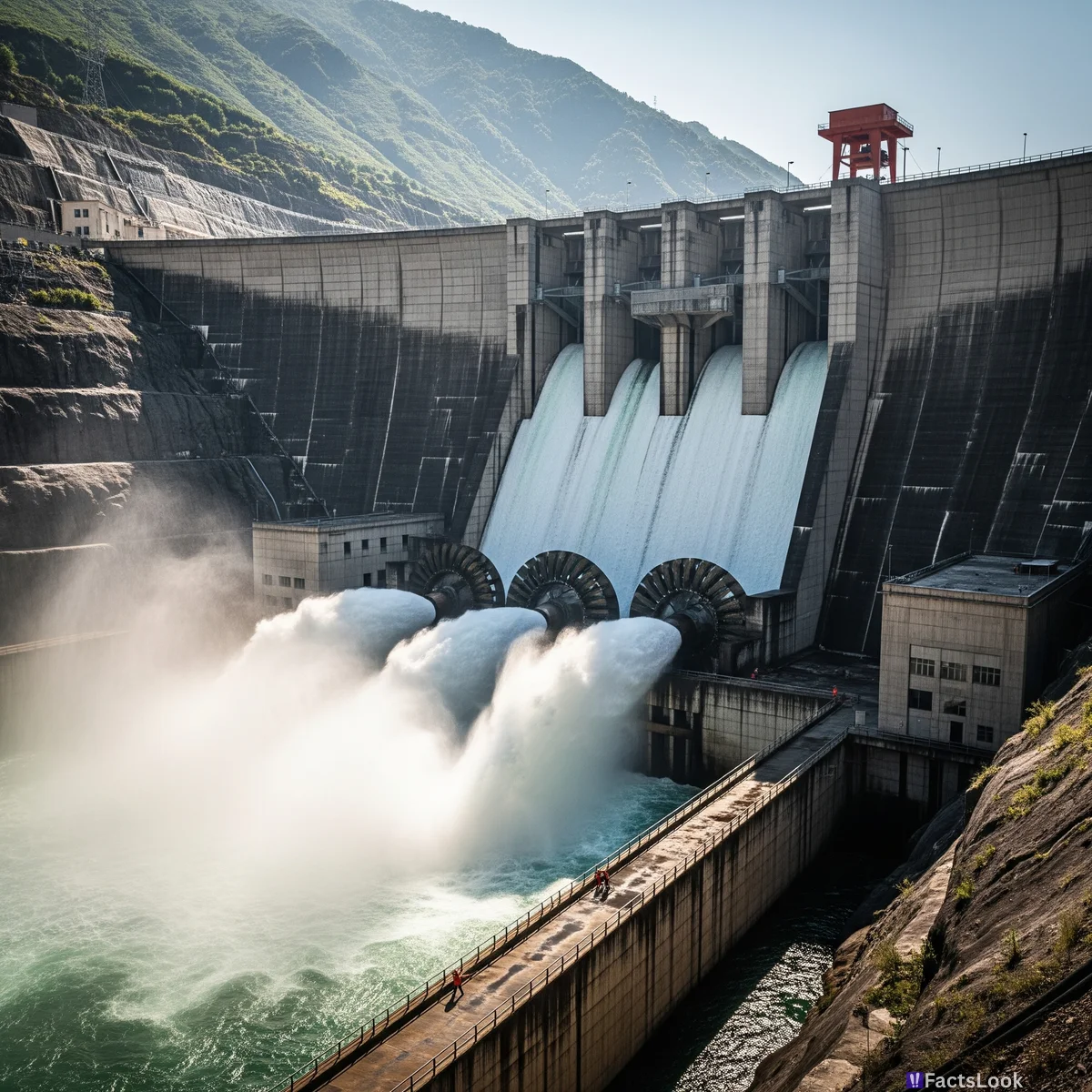
Hydroelectric dams convert the potential energy of water into electricity, providing a clean and renewable energy source. Structures like the Three Gorges Dam in China are massive engineering projects with significant environmental impact.
The Invention of the Internet
The Internet began as ARPANET, a US Department of Defense project in the 1960s, designed to create a resilient communication network. It has revolutionized communication, commerce, and information access worldwide.
Building Information Modeling (BIM)
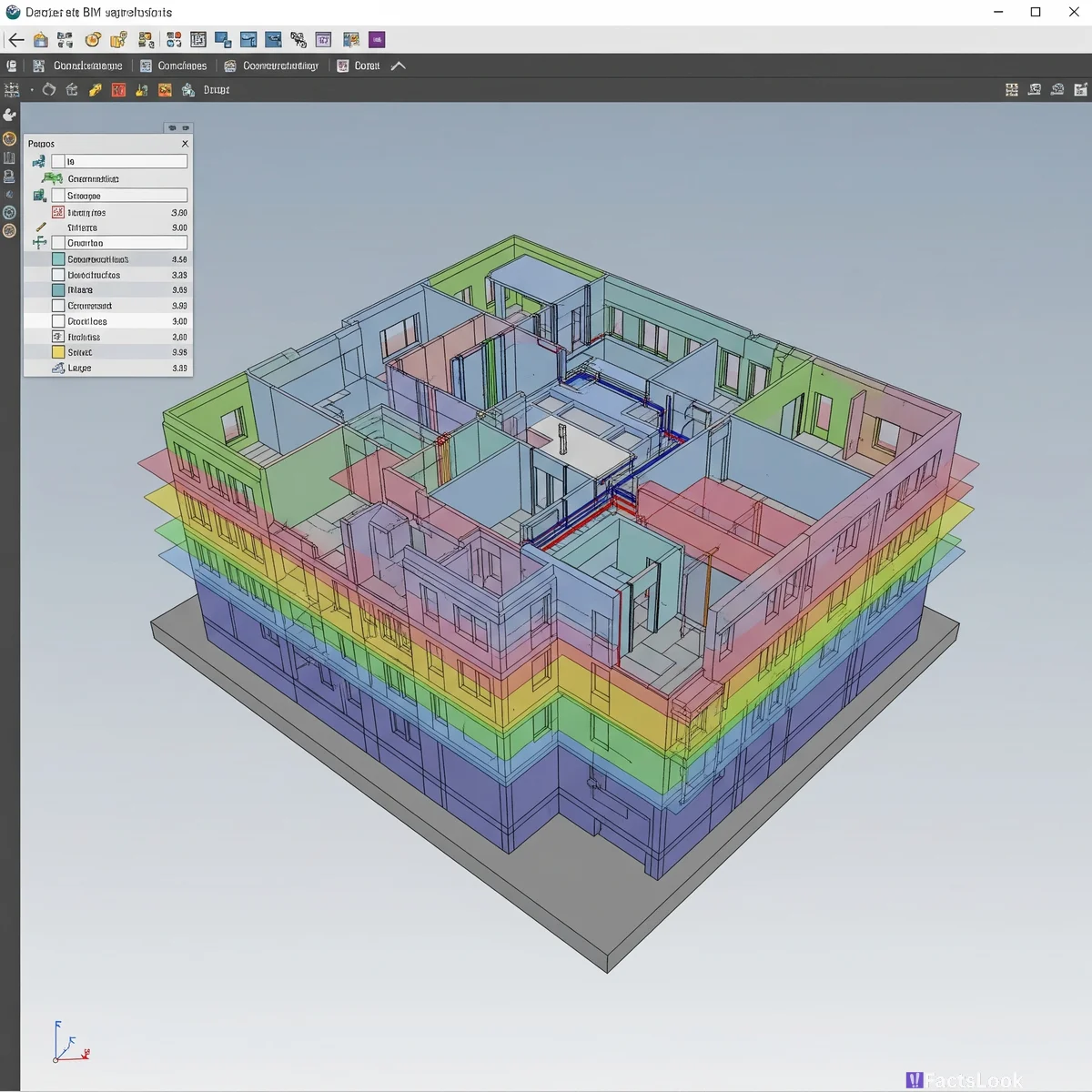
BIM is a digital representation of physical and functional characteristics of a facility. It's used extensively in construction and architecture. By creating a 3D model, BIM reduces project errors and improves collaboration.
The VLBI Technique in Radio Astronomy
Very Long Baseline Interferometry (VLBI) combines data from telescopes across the globe to create a virtual telescope with an aperture equal to the Earth’s diameter, achieving incredible resolution in radio astronomy.
Comments
Loading comments...